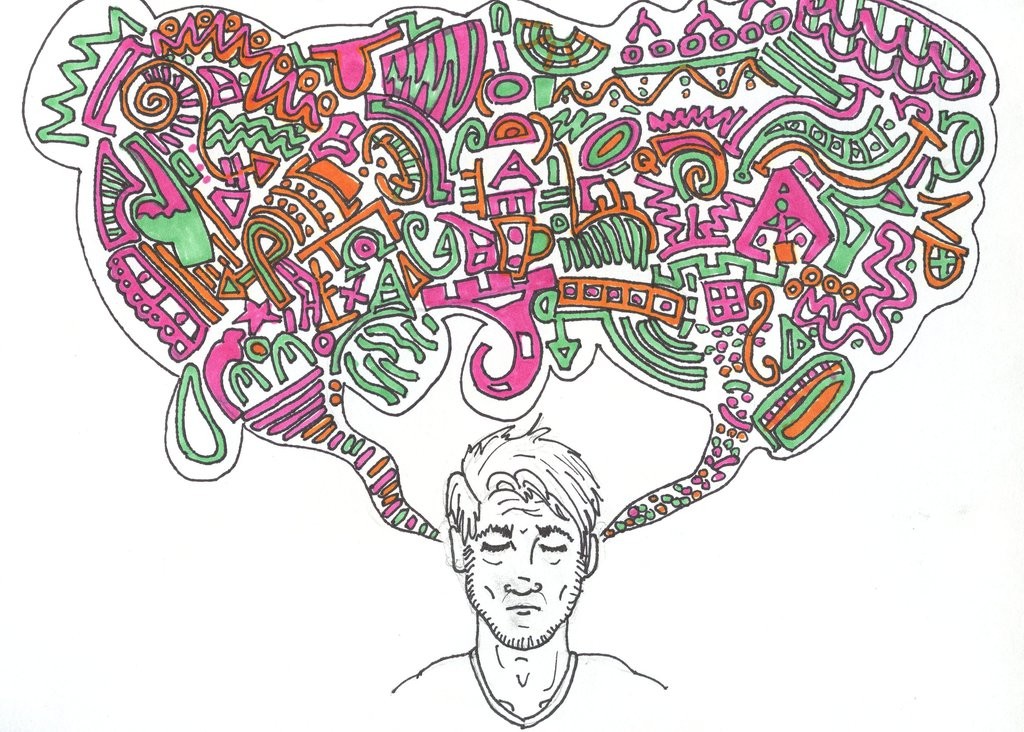 I am not sure exactly how they measure these things, but popular belief is that in any given day we have between 60 000- 70 000 thoughts (Salla, 2000; Trieschmann, 2001; Williams 2014). That is a lot of thought energy flowing in and out, enticing us to engage, to move away from what is actually happening in front of us.
I am not sure exactly how they measure these things, but popular belief is that in any given day we have between 60 000- 70 000 thoughts (Salla, 2000; Trieschmann, 2001; Williams 2014). That is a lot of thought energy flowing in and out, enticing us to engage, to move away from what is actually happening in front of us.
There is a practice we guide as mindfulness teachers, where we instruct participants to sit and do nothing, trying to allow the mind to just rest with nothing to do and nowhere to go. But what happens when we drop in questions such as ‘Where is your mind?’ ‘What are you doing?
Usually, we have all traveled off with our thoughts to the shops, to the dinner table, to the conversation we had hours ago. Our minds are constantly pulling us, sneaking us off into lands known and unknown with the promise of something better or even something worse than what is happening right now in this moment. Our minds are constantly moving, scanning for the next bit of delicious distraction.
This is not our fault. Indeed, these are some very strong habits of the mind that have been operating at a subliminal level for the length of time we have been alive. Rob Nairn explains that when working with these 60 000- 70 000 thoughts a day, patience is needed. We won’t change these habitual tendencies of the minds in a weekend or even a ten- day retreat. This is life- long work.
However, what we can do is settle our mind by giving the mind a very strong focus to rest with, and slowly- slowly start to create some new thought habits. We can do this either in formal meditation practice or through setting times or alarms during the day to take a few minutes to sit quietly, slightly deepen the breath, and introduce a count to three or four with each in- breath and three or four with each out- breath. This double focus of a slightly deepened breath (which engages the calming effects of the parasympathetic nervous system) and a count that equalises the breath, provides a strong support for the mind to focus on and has the potential to slow down the frantic mind, bringing it into the here and the now and into the body. Almost like a much needed reprieve.
So, as a means of starting to work towards creating these new habits, this week’s challenge is to simply do the ‘Settling The Mind’ practice twice a day for three minutes each time. As part of the Mindfulness Association approach, we incorporate this practice into our formal sitting sessions; however, for this challenge we are simply setting the intention to stop (twice a day), take a break from what we are doing, placing our hands in our laps, slightly deepening our breath if this feels comfortable and introducing an equalising count of three or four with each in breath and similar with each out breath. We can do this for three minutes and notice what is happening in the mind and the body. Seeing if we can just be with our experience as it is. Whatever it is.
Let us know how you get on!

